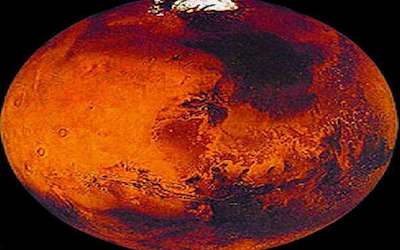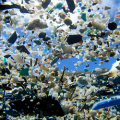PTE考生目前最大的问题之一就是练习题缺乏。除了有限的基本官方书(PLUS,Testbuilder, OG)之外就没有题了。很多英语基础不是很扎实的同学很难找到练习材料。悉尼文波雅思PTE培训学校专门为澳洲,尤其是悉尼、墨尔本的PTE考生准备了适合PTE听力阅读练习的科学60秒。各位PTE同学可以练习PTE听力中的summarise spoken text和PTE口语中的retell lecture,PTE听力口语-科学60秒-Frosty Moss练习记笔记技巧和复述。废话少说,下面开始:
听力内容:
60秒科学节目(SSS)是科学美国人网站的一套广播栏目,英文名称:Scientific American – 60 Second Science,节目内容以科学报道为主,节目仅一分钟的时间,主要对当今的科学技术新发展作以简明、通俗的介绍,对于科学的发展如何影响人们的生活环境、健康状况及科学技术,提供了大量简明易懂的阐释。
This is Scientific American — 60-Second Science. I’m Julia Rosen.
Got a minute?
The surface of Mars is etched with ancient river valleys and lake basins. Which makes researchers think that liquid water once flowed on the Red Planet. But how? Today, Mars is too cold for much, if any, liquid water to exist. And 3.8 billion years ago, when the flowing water features formed, the sun was fainter than it is today, making it even harder to imagine a balmy Martian climate. That’s why many researchers think Mars may have gone in and out of deep freezes.
“The real questions have been: for how long was it warm, and what was the mechanism for warming it up.”
James Kasting, a geologist at Penn State University. He shared his take on the problem at the December meeting of the American Geophysical Union in San Francisco, and in the journal Earth and Planetary Science Letters.
Some researchers have suggested that early Mars only thawed out when large asteroid impacts or volcanic eruptions temporarily warmed the planet. But Kasting and others think warm windows from such dramatic events would have been too brief to carve the vast canyons that exist on Mars. Now, Kasting and his colleagues have come up with an alternative explanation: they think Mars may have experienced a series of climate cycles caused by changes in the strength of the greenhouse effect.
The idea goes like this: when Mars was cold and frozen, volcanoes continued to belch out the greenhouse gases carbon dioxide and hydrogen into the atmosphere. There, the gas blanket trapped heat and warmed the planet up until liquid water began to flow, forming Mars’ rivers and lakes. However, warm temperatures and abundant water would also have sped up certain chemical reactions that consumed carbon dioxide, reducing the greenhouse effect and cooling the planet back down again. Then the cycle would repeat.
“Which is similar to what the impact people have been arguing, except that when it gets warm, it can stay warm for millions of years instead of thousands of years.”
So far, Kasting’s team has only shown that such an explanation is possible, according to climate models. But the researchers say NASA’s Curiosity rover and other future Mars missions could help test the idea by looking for evidence of multiple warm events, and their durations. Perhaps, hidden in the dry Martian dust lie clues to a surprisingly soggy past.
Thanks for the minute for Scientific American — 60-Second Science Science. I’m Julia Rosen.
墨尔本悉尼文波PTE原创首发
更多精彩请持续关注微信wenbo_tv3。





